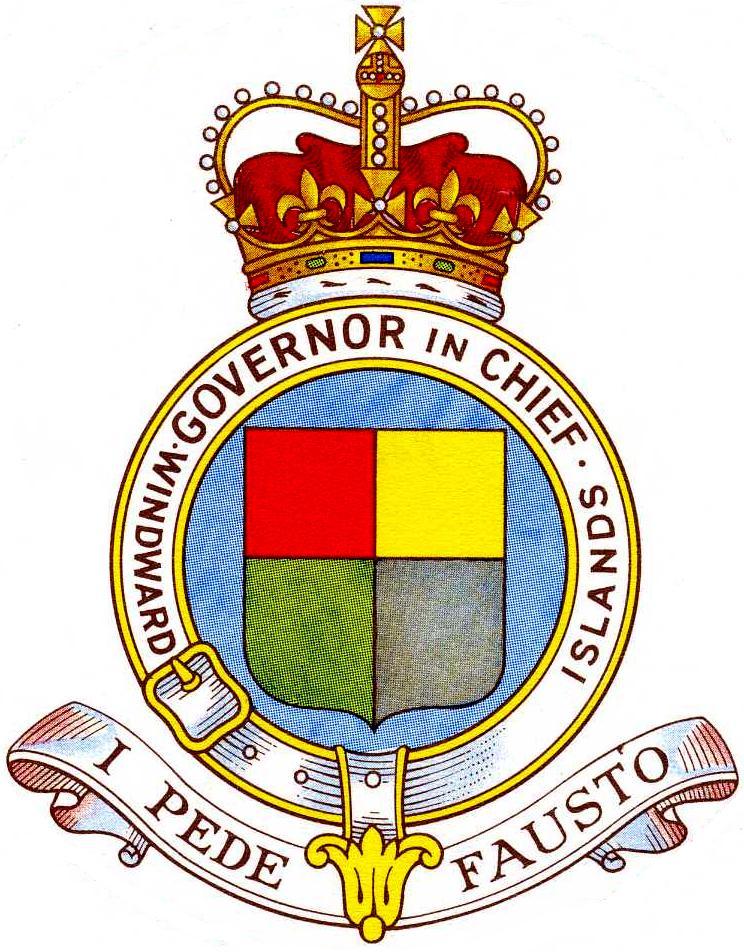Windward Islands

The Windward Islands was comprised of St. Lucia, St. Vincent and Grenada which were united under a single colonial government.
The largest and most northerly of the islands, St. Lucia, contributed 5 officers and over 350 men to the British West Indies Regiment. The main difficulty on the Home Front was to ensure a suitable food supply, owing to reduced shipping and a control on exports from North America. The government established maximum prices in order to ensure that food would not become too expensive. Similar measures were also introduced on St. Vincent and Grenada. The high prices of St. Lucia’s exports such as sugar, cocoa and lime juice ensured the economy remained relatively healthy, although the coal trade did suffer. St. Lucia raised £21,495 and 6 shillings for various aspects of the war effort, as well as giving a gift of £2000 worth of cocoa to soldiers.
St. Vincent sent over 530 officers and men to the British West Indies Regiment, with more than 50 men serving in other regiments. In addition to the concerns about food, the shortage of which was a problem on the island, the outbreak of war was not good for St. Vincent’s economy; the cotton export industry was badly affected, as its main markets were France and Belgium. However, the economy did recover when, in October 1917, the colonial government purchased the entire cotton output on behalf of the Admiralty to be used in the manufacture of aeroplanes. The island’s arrowroot and maize markets also performed well due to a shortage of imported flour, with arrowroot being in demand for sick and wounded soldiers. St. Vincent contributed significantly to various war charities and also gave a gift of £1000 worth of arrowroot to soldiers.
Grenada, the smallest and most southerly island, sent 445 officers and men to join the war effort. When the possibility of sending a volunteer West Indian force first arose, 245 men immediately expressed interest. The island did suffer some social unrest at the beginning of the war owing to concerns over the potential scarcity of food. However, a combination of the introduction of maximum prices, increased trade of foodstuffs with Canada and encouragement to plant crops restored order. On the whole, Grenada’s economy benefitted from the war due to the increase in prices of cotton, cocoa and nutmeg. The island contributed to various war charities, notably the Red Cross and the Prince of Wales’ Fund, and also made a gift of £6000 worth of cocoa.